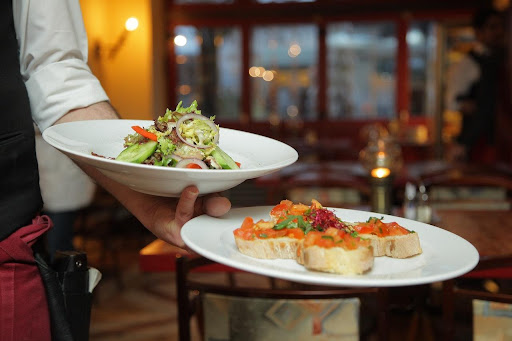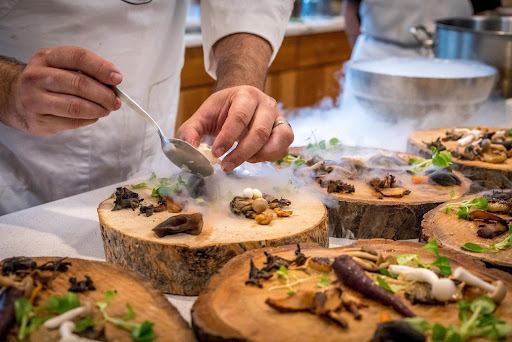
Everyone has their favorite restaurant they frequent, whether it’s in their local city or their favorite vacation destination. A great restaurant can make any night out more special, and the right food is a key ingredient in that dish.
Developing a restaurant menu is a nuanced process and takes time to execute the right way. The cuisines you love and the chefs that create those dishes spend upwards of months to years perfecting their menus before they’re ready for customers — but what exactly goes into this process?
If you’re someone who loves to explore different cuisines but is curious about how those restaurants and their chefs develop those flavors, this guide is for you.
Creating a Concept
A restaurant’s concept is one of the most important parts of how it operates on a daily basis. It sets the tone and the aesthetic for the culinary experience customers will enjoy. Restaurant chefs are tasked with creating menus that follow a specific concept — whether in a broader or more specific sense.
A menu concept can range from one culinary highlight, such as featuring only Italian food, to a fusion-style menu that combines two culinary cultures — whether that’s blending Korean and Mexican foods or Greek and Tai ingredients.
Selecting the Right Ingredients
The right menu items and, more specifically, the right ingredients can make the difference between a well-rounded and convoluted menu. Restaurant chefs must hone in on the herbs, spices, and flavors that are going to embellish their dishes.
By carefully studying the cuisine they’re taking inspiration from and their target customers, they can effectively choose ingredients that are going to highlight their dishes and make for cohesive or well-executed experimental menus.

Pricing Out Menu Items
Before a restaurant can price out its menu, it must be able to understand the costs of its menu items. This requires working with suppliers and vendors to determine wholesale expenses so that they can set prices for their dishes that reflect those costs while still turning a profit for the restaurant.
Understanding Supply Chains
Once a restaurant and its chefs know the ingredients that will make up its dishes, it’s important they understand where they’re coming from. This means working closely with suppliers to coordinate shipments, dates, and costs.
It also means ensuring there are no unnecessary third parties involved and the supply process is smooth and efficient from start to finish. This is key to creating a healthy working relationship between the restaurant’s owners, chefs, and their suppliers.
Running a Test Kitchen
One of the final pieces of the puzzle is putting together a test kitchen to see how everything comes together. Test kitchens are a way for restaurants to see what works and what doesn’t, especially when it comes to their menus.
The process involves simulating an opening restaurant and preparing all dishes on the menu to ensure everything can be cooked properly and served in a timely fashion. This ensures restaurants can effectively open and begin serving their customers with food that they’ll come back for.

